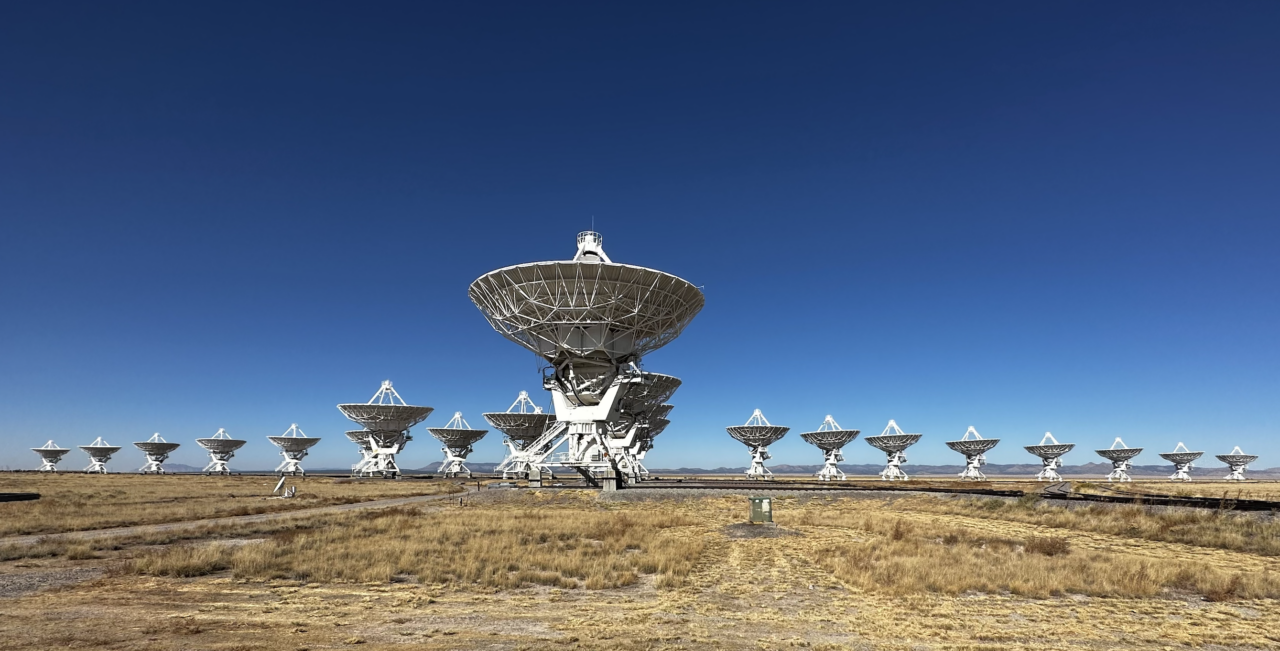An international team of astronomers has revealed mysterious star formation at the far edge of the galaxy M83. This research was presented in a press conference at the 243rd meeting of the American Astronomical Society (AAS) in New Orleans, Louisiana.




